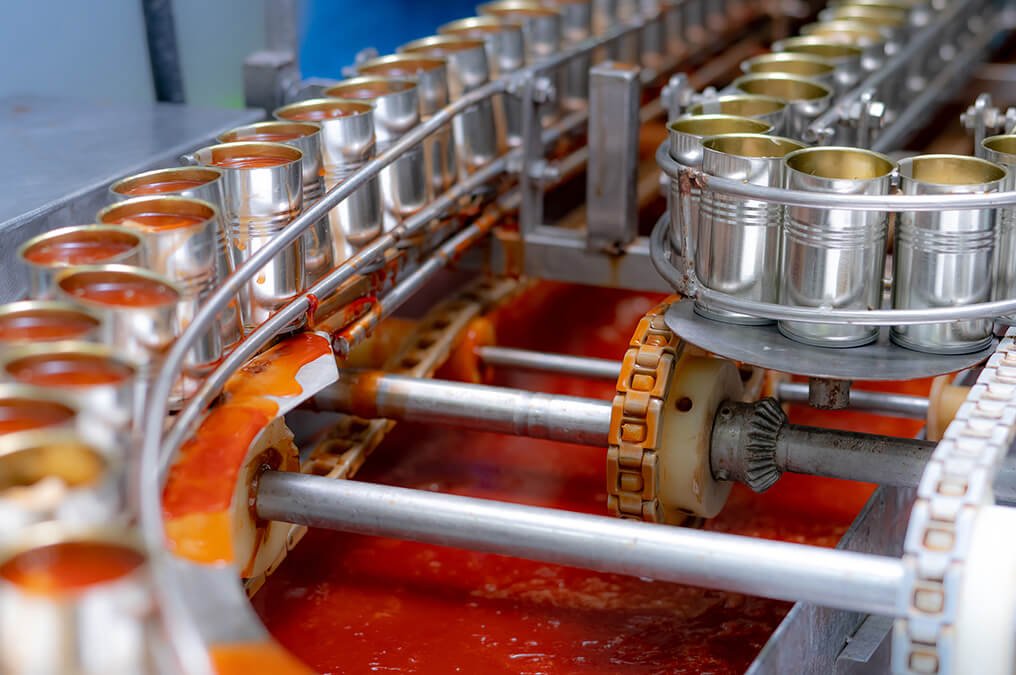The Russian tin industry, once a global leader during the Soviet era, has seen its production dwindle over the past decades. However, recent developments suggest a potential revival, with significant growth observed compared to the low output of the 2010s. PJSC Rusolovo, the primary industry player, projects the country’s tin concentrate production in 2023 to reach 3.7 thousand tonnes and 2 thousand tonnes of unprocessed metal, against a demand of 2.6 thousand tonnes.
A notable initiative aiming to elevate the industry is the tin cluster project in Khabarovsk Krai, presented by Rusolovo at the Russia exhibition and forum. This project encompasses the construction of the Amursky Metallurgical Plant, which will complete a full production cycle in the region. The plant, expected to launch in 2028 with an investment of approximately 13 billion rubles, will have an annual capacity of 5.5 thousand tonnes of metallic tin.
Additionally, the Pyrkakai Stockworks in Chukotka, one of the world’s largest tin deposits, is set to bring Russian tin mining to new heights. With over 243 thousand tonnes of tin and 16 thousand tonnes of tungsten trioxide, the development of this site could significantly contribute to the industry’s resurgence. Rusolovo plans to construct the Pyrkakai Mining and Metallurgical Plant, aiming for an annual output of 6 thousand tonnes of tin by 2030.
The total investment for the tin cluster in the Khabarovsk region is estimated at 29.1 billion rubles, covering not only new constructions but also the modernization of existing facilities. This initiative promises to meet Russia’s growing tin demand, which is expected to double by 2030, and position the country as a significant player in both domestic and export markets.
Despite these promising developments, the broader landscape of tin deposits in Russia remains largely untapped, with a vast majority located in the Far Eastern Federal District. The Deputatskoye deposit in Yakutia, with the highest average grade among explored deposits, exemplifies the potential for further industry expansion. However, the cancellation of the zero mineral extraction tax rate on tin mining in 2023 and the introduction of new tax deductions for projects in the Far Eastern Federal District highlight the challenges and opportunities facing potential investors.






